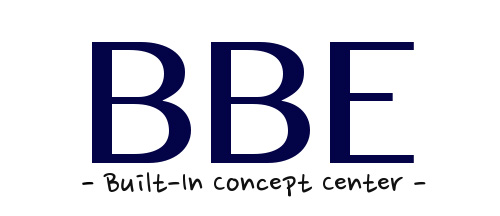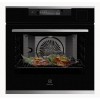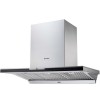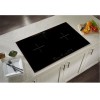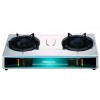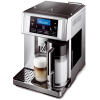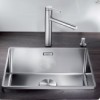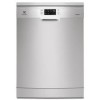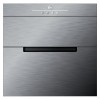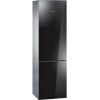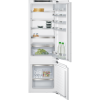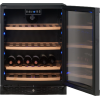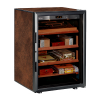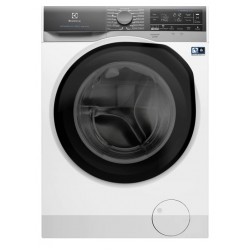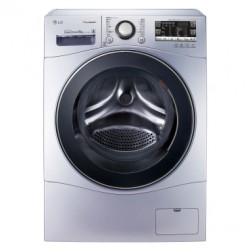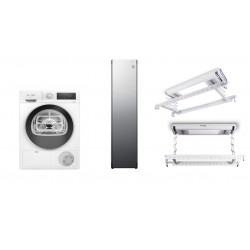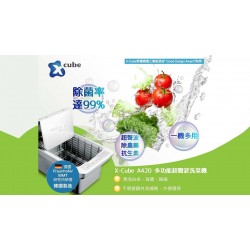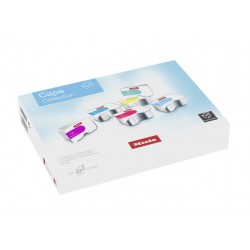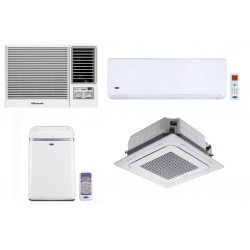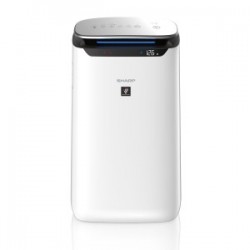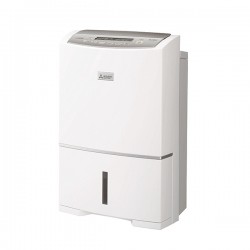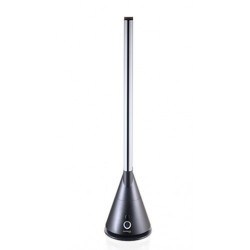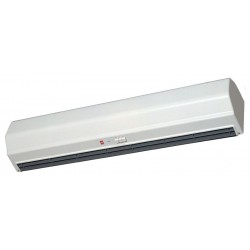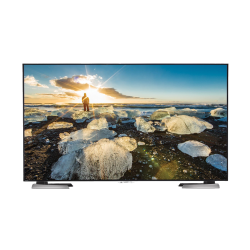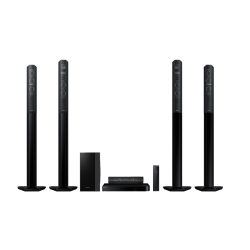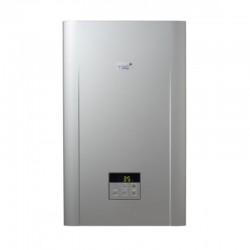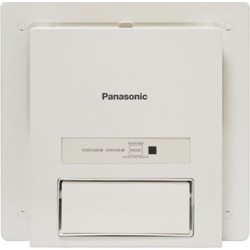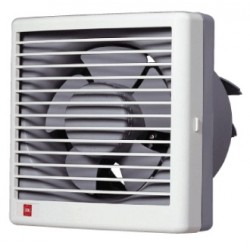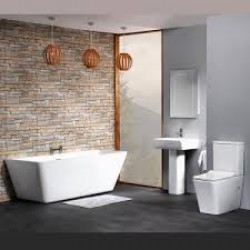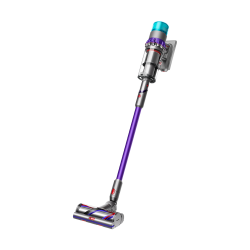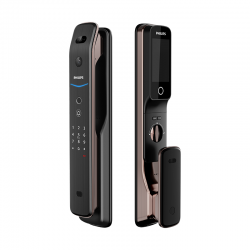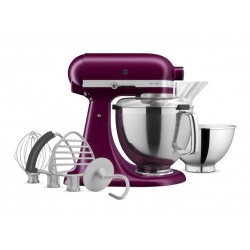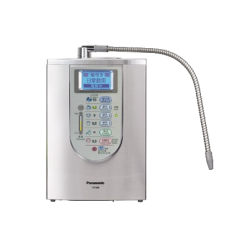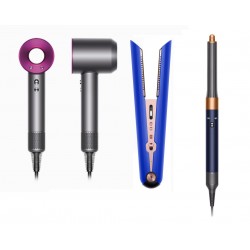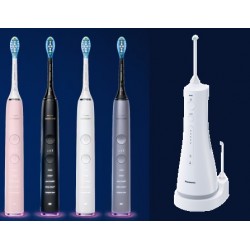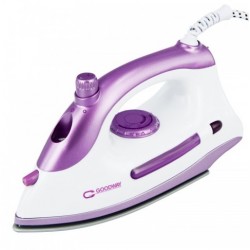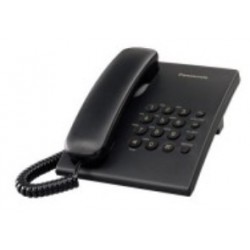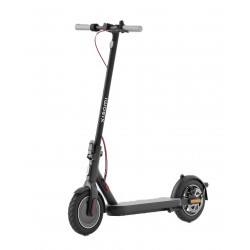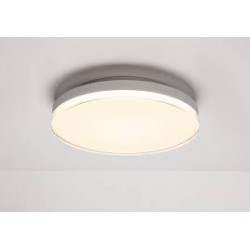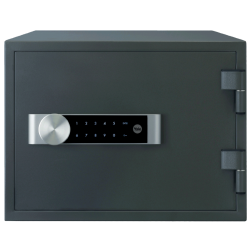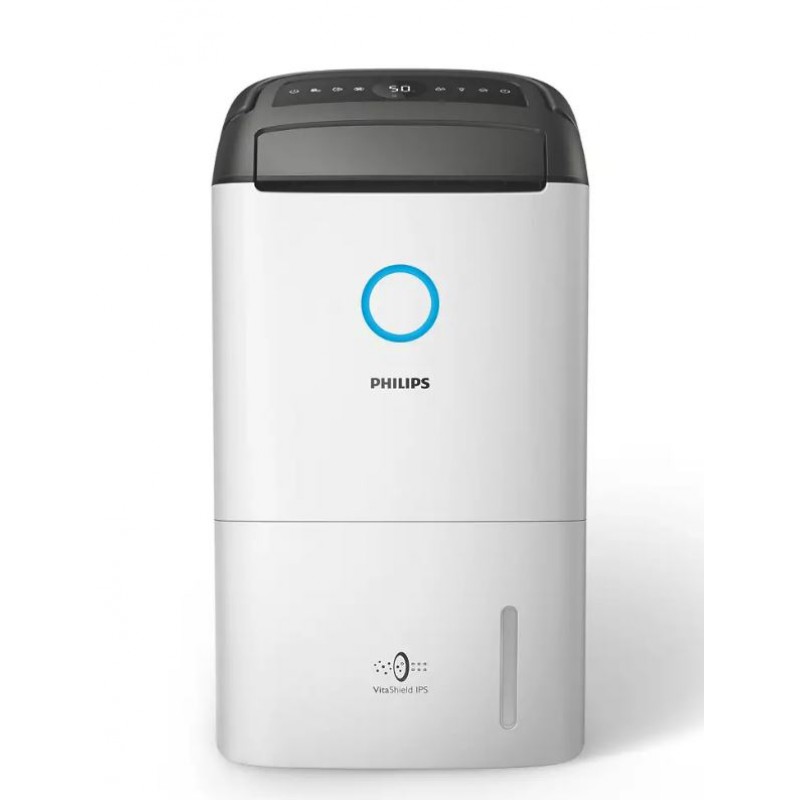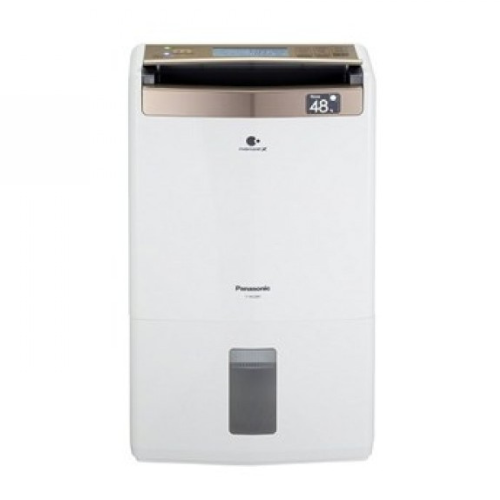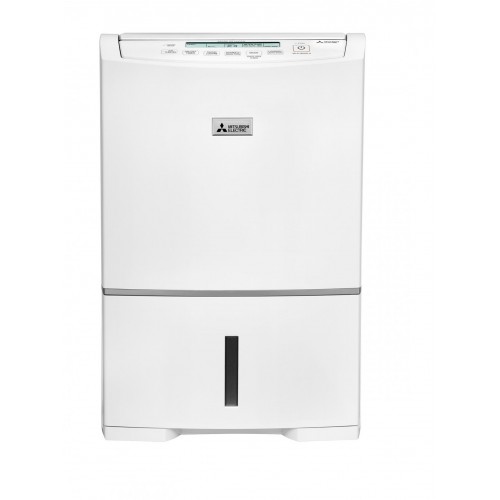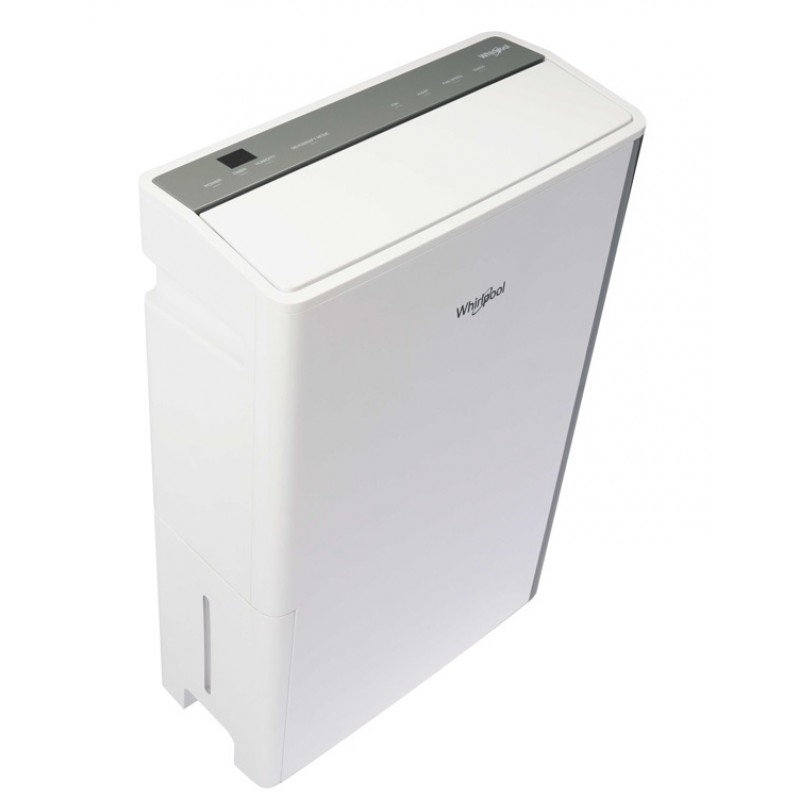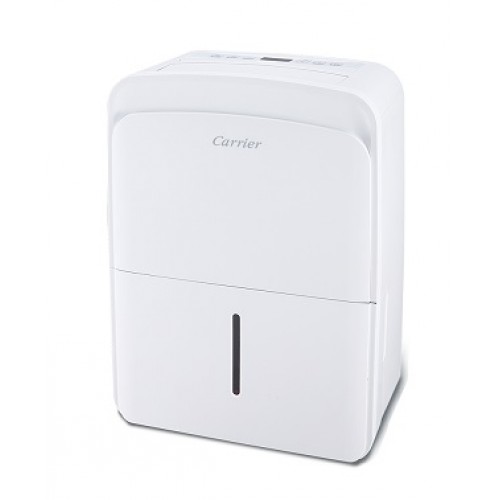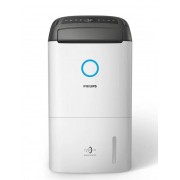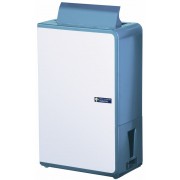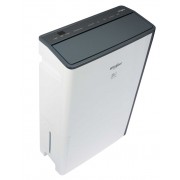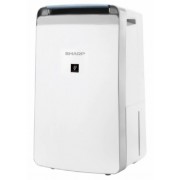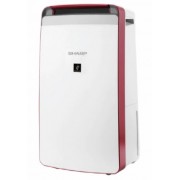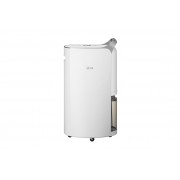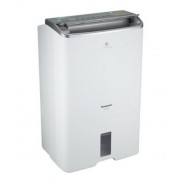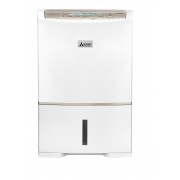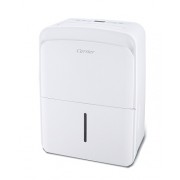In addition to expert recommendations, it's also helpful to consider real user opinions when purchasing a dehumidifier. We have gathered some comments from online forums to see how users choose their dehumidifiers, and some even mention that their dehumidifiers have lasted for fifteen years without any issues!
Dehumidifiers are seasonal products, and they are often stored away during the dry autumn and winter days and brought out for use when the weather becomes humid in spring. However, sometimes when spring arrives and you want to use the dehumidifier, you may find that it is already broken. In reality, it could be due to improper maintenance. Generally, dehumidifiers have a lifespan of at least 5 years. Here are a few maintenance tips from dehumidifier experts:
Regularly clean the air intake and filter of the dehumidifier
The air intake and filter of the dehumidifier are prone to accumulating dust and debris from the air. If they are not cleaned regularly and become blocked, it can not only reduce the performance of the dehumidifier but also cause the temperature inside the unit to rise, increasing the risk of malfunctions.
Store in a dry place
If you plan to not use the dehumidifier for an extended period, remember to empty the water tank to prevent water accumulation. Then, place the dehumidifier in a dry and collision-free area.
Check before reusing
If you haven't used the dehumidifier for a long time, it's recommended to check the air intake for any accumulated dust before turning it on. Start with the fan-only mode, which doesn't activate the compressor, to flush out any dust inside the unit. Afterward, you can switch to the normal mode to reduce the chances of malfunctions.
Due to its geographical location, Hong Kong experiences a rainy and humid climate throughout the year, resulting in consistently high relative humidity levels. Many people have experienced water seepage on floors and walls at home. In addition to affecting daily activities, such as drying clothes, high indoor humidity can also lead to increased insect activity and the growth of mold on electronic devices. Moreover, it can have an impact on overall health. It is generally recommended to maintain a relative humidity level of 40-50% for optimal comfort and health.
It is common to wake up in the morning and find water seepage on the floor and walls. According to data from the Hong Kong Observatory, the humidity levels during the morning hours, from 6 am to 10 am, are usually the highest of the day. The humidity gradually decreases from noon onwards. Additionally, residential areas near the sea or at higher altitudes tend to have higher humidity levels. So, how can we effectively prevent moisture-related issues?
The simplest method for moisture absorption is using moisture absorbers like desiccant packs. However, desiccant packs are typically more suitable for keeping clothes dry and may not be as effective as a good dehumidifier in reducing indoor humidity. There are different dehumidifier brands available on the market, such as Whirlpool, Panasonic, Mitsubishi, Hitachi, Germanpool, and Carrier, which are well-known dehumidifier brands.
Visit our large-scale BBE stores located in Tuen Mun, Mong Kok, Yau Ma Tei, and Causeway Bay, or contact us through Facebook. We will provide you with the best prices and professional advice.



